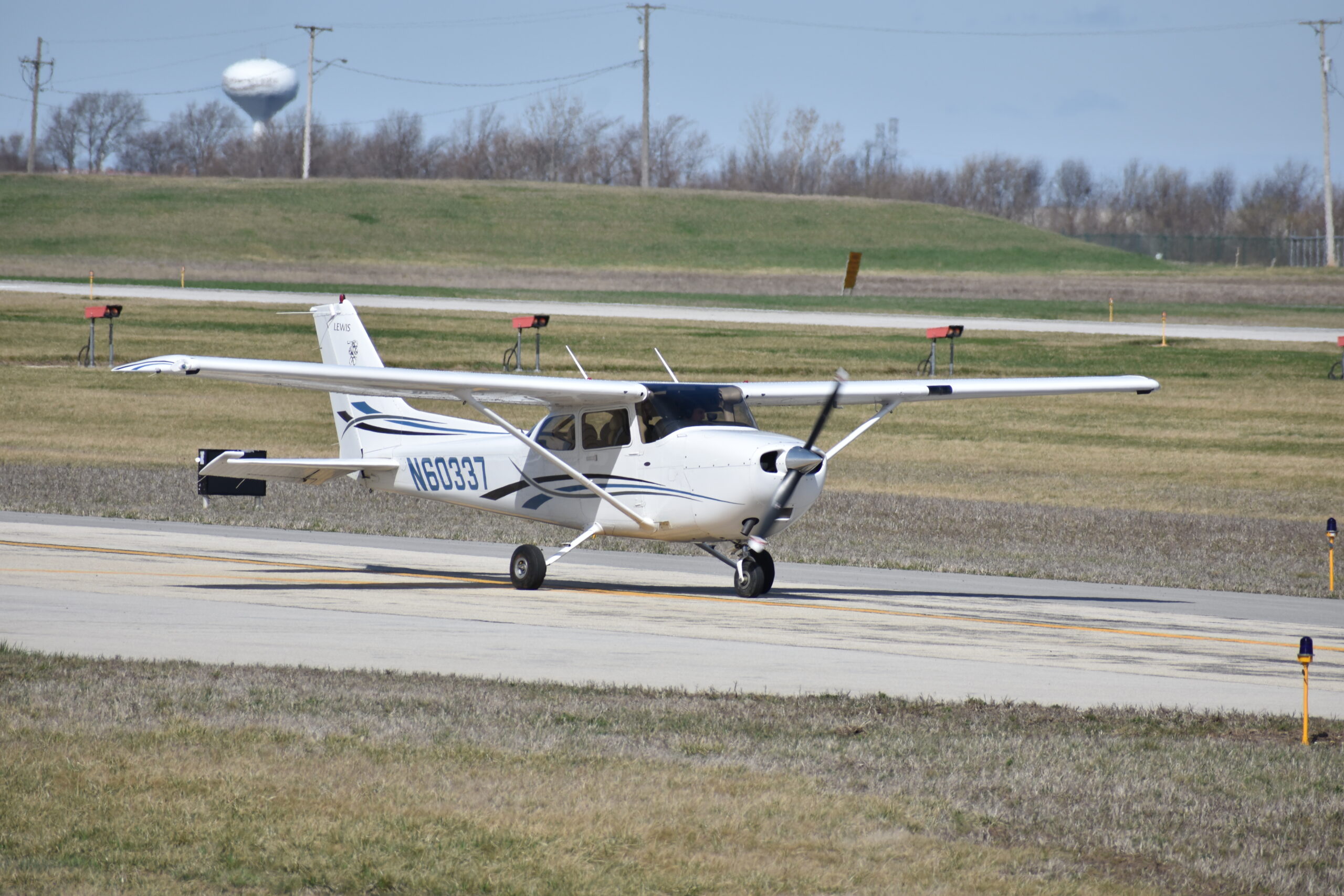
A previous article published in The Flyer on Nov. 16, covered the story about the shortage of planes that Lewis University was having at the moment. Between the time that the story was written, to the point it was published, the College of Aviation was able to solve the problem by taking the necessary steps to find a solution.
Previously, the aviation program had an issue where there were not enough planes to keep up with the schedules that students needed to maintain to complete their degrees in the time that had been set up. There was a point where they only had about three planes working. This made the staff of the program create a system that they named the priority list. According to Dr. Ryan, Chairman of the Department of Aviation and Transportation Technology, made the list because there were time blocks that had too many students that needed to fly, and not enough planes.
“Let’s say you were number one on the list, and it was a cloudy day for flying, the priority system at that point would make you fall down on the list the next day,” said Philips. “We actually now take a look at how many students have flown, how many have flown last, how many times they’ve flown last week, so now it takes all variables.”
Supply chain issues are what kept the planes out of service for longer than usual.
“Before all the supply chain issues surfaced, you used to be able to order an engine and have it four weeks later, and now that is eighteen months,” said Philips.
He went on to explain that the program has received new planes thanks to the help that they received from administration. As of now, the program has 23 planes in total and out of those, 20 are working aircrafts that are being used by the students. The other three are waiting for their new engines to arrive.
The aviation department reached out to the administration for support because they wanted to address the problem as soon as possible. From this, they were approved to purchase three new aircraft.
When an aircraft is in service, they have an airframe of 10,000 hours where the planes can work perfectly fine, but every 2,000, they will get their engine rotated. A typical engine lasts about three years.
Because the planes that Lewis just received are so new, the instructors have to break the engine before the students are able to fly them.
The program has over 300 students flying which is an all time record for enrollment.The reason for this increased demand is because the industry has a high demand for pilots at the moment.
The College of Aviation was able to solve a major problem that caused multiple inconveniences for the members of the aviation department. This allowed aviation students to get back up in the sky, working towards their hour requirements effectively solving the plane shortage in a quick manner.
